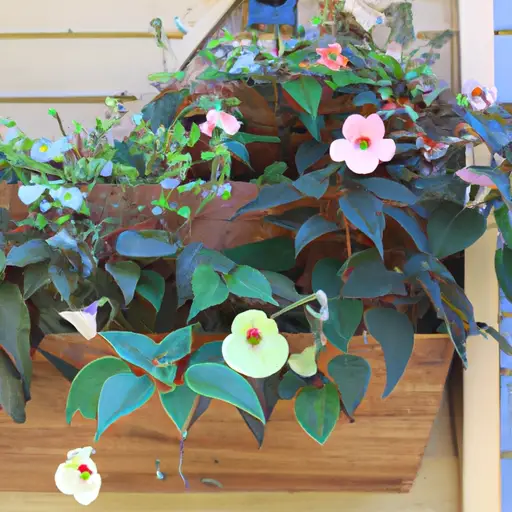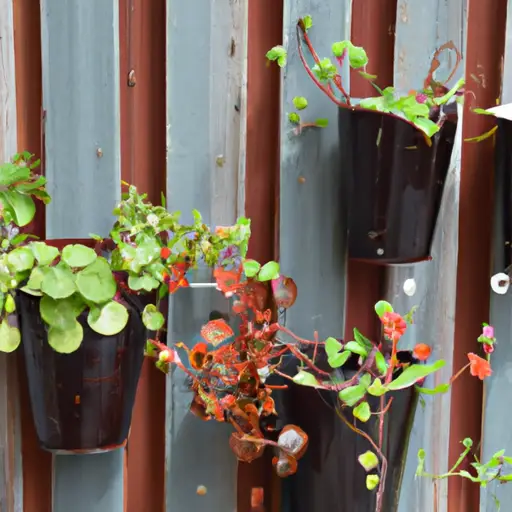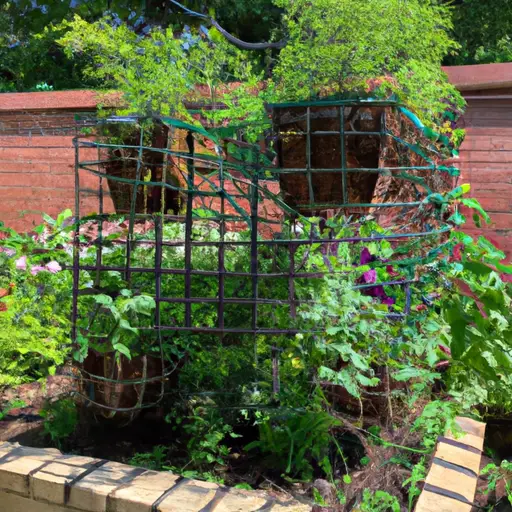Unlocking the Potential of Vertical Container Gardens
Container gardens have become increasingly popular in recent years, providing urban dwellers and those with limited outdoor space the opportunity to bring nature into their homes. Vertical container gardens, in particular, offer a unique and innovative way to maximize space while still reaping the benefits of gardening. In this article, we will explore the various advantages of vertical container gardens and provide some helpful tips to unlock their full potential.
1. Efficient Space Utilization:
One of the primary advantages of vertical container gardens is their ability to make use of unused vertical space. Whether you live in a small apartment or have limited yard space, vertical gardening allows you to grow plants upwards instead of outwards. By attaching containers to walls, fences, balconies, or even using freestanding structures like trellises or shelving units, you can transform any area into a lush oasis.
2. Increased Plant Variety:
Vertical container gardens open up a world of possibilities when it comes to plant selection. With traditional horizontal gardens, space constraints often limit the number and variety of plants you can grow. However, by utilizing vertical space, you can diversify your garden by growing different types of plants in separate containers. This not only adds visual interest but also enables you to experiment with various species that may have different soil or sunlight requirements.
3. Enhanced Aesthetic Appeal:
Vertical gardening is an excellent way to enhance the aesthetic appeal of any outdoor or indoor space. By incorporating trailing vines or cascading flowers into your design, you can create stunning displays that draw the eye upwards and add depth to your surroundings. Additionally, arranging plants vertically creates a sense of structure and organization that can complement any existing decor.
4. Improved Air Quality:
Plants are natural air purifiers; they absorb carbon dioxide and release oxygen during photosynthesis. With vertical container gardens placed strategically around your home or workspace, you can improve indoor air quality by increasing the number of plants in your environment. This can lead to better respiratory health and a more pleasant living or working atmosphere.
5. Easy Maintenance:
Vertical container gardens are not only visually appealing but also relatively easy to maintain. With plants arranged vertically, they are more accessible for watering, pruning, and harvesting. Additionally, pests and diseases are often less prevalent in vertical gardens due to improved air circulation and increased exposure to sunlight.
Now that we have highlighted some of the advantages of vertical container gardens, let’s discuss a few helpful tips to unlock their full potential:
1. Proper Plant Selection:
When choosing plants for your vertical garden, consider their growth habits and requirements. Select plants that naturally trail or climb, such as ivy, sweet potato vine, or climbing roses. Additionally, pay attention to each plant’s light and water needs to ensure compatibility with your chosen location.
2. Suitable Containers:
Choose containers that are appropriate for the size and weight of the plants you intend to grow. Ensure that containers have proper drainage holes to prevent waterlogging. You can use a variety of containers such as pots, planters, hanging baskets, or even repurpose materials like old buckets or shoe organizers.
3. Support Structures:
For climbing plants or heavier specimens, provide sturdy support structures such as trellises or stakes. These will help guide the plants’ growth upward while preventing damage caused by wind or excessive weight.
4. Soil Considerations:
Use high-quality potting soil specifically formulated for container gardening. This type of soil provides excellent drainage while retaining sufficient moisture for plant growth. Consider adding organic matter like compost for additional nutrients.
5. Watering and Fertilizing:
Monitor soil moisture levels regularly and water your vertical garden as needed while avoiding overwatering or underwatering. Use a slow-release fertilizer or apply liquid fertilizer according to the specific needs of each plant variety.
In conclusion, vertical container gardens offer an innovative solution for maximizing space while allowing you to enjoy the benefits of gardening. By creating a vertical oasis, you not only beautify your surroundings but also improve air quality, increase plant variety, and enjoy the ease of maintenance. With these tips in mind, unlock the full potential of vertical container gardens and create your own lush paradise, no matter how limited your space may be.














